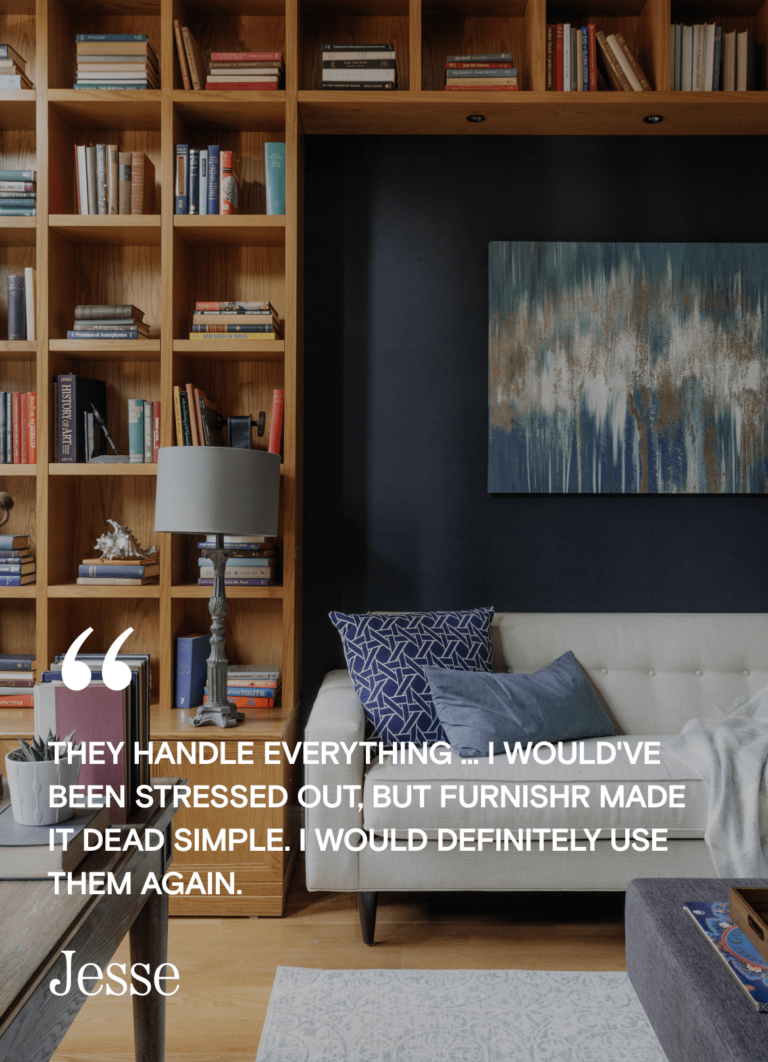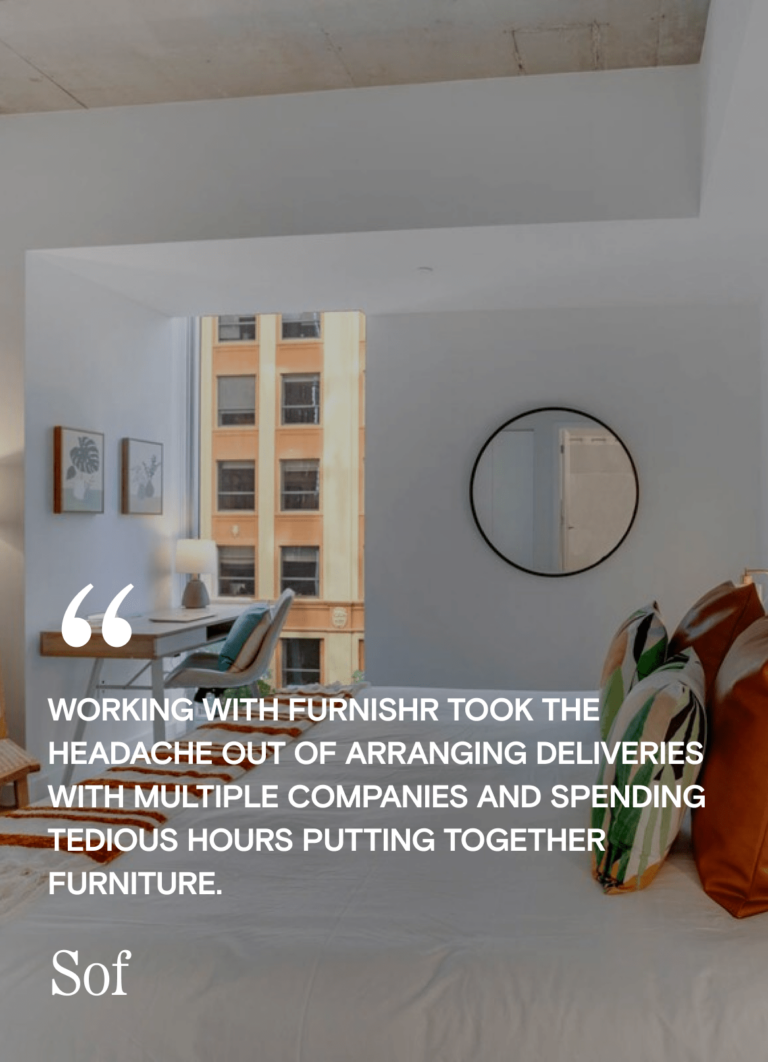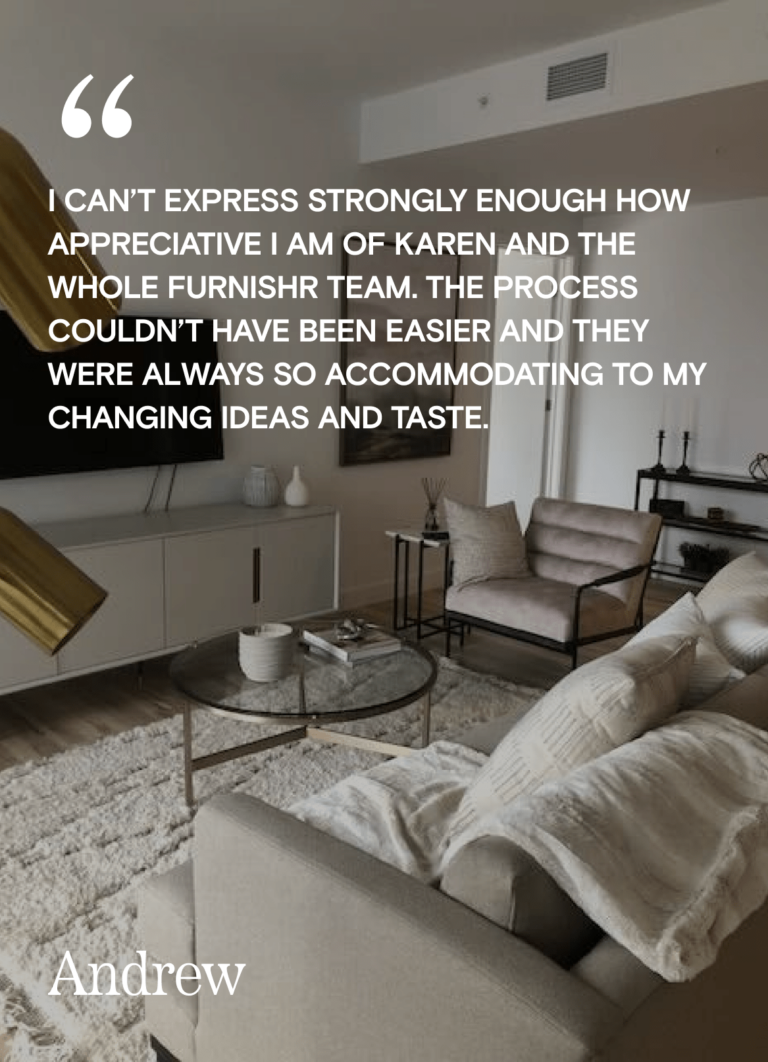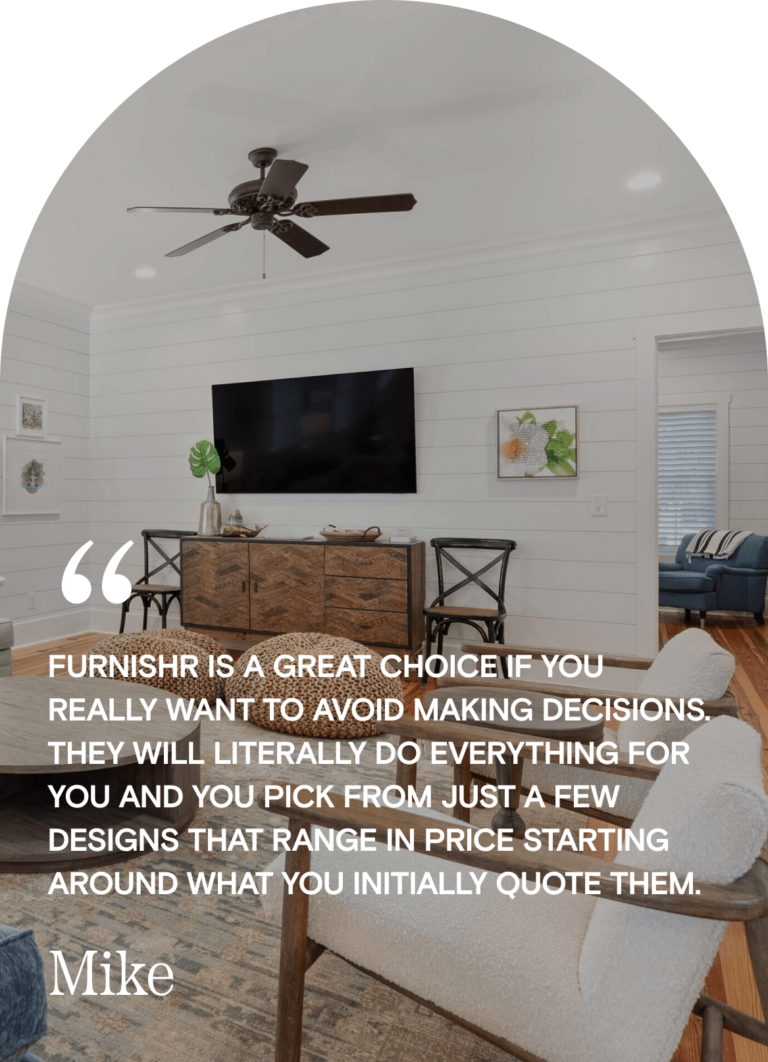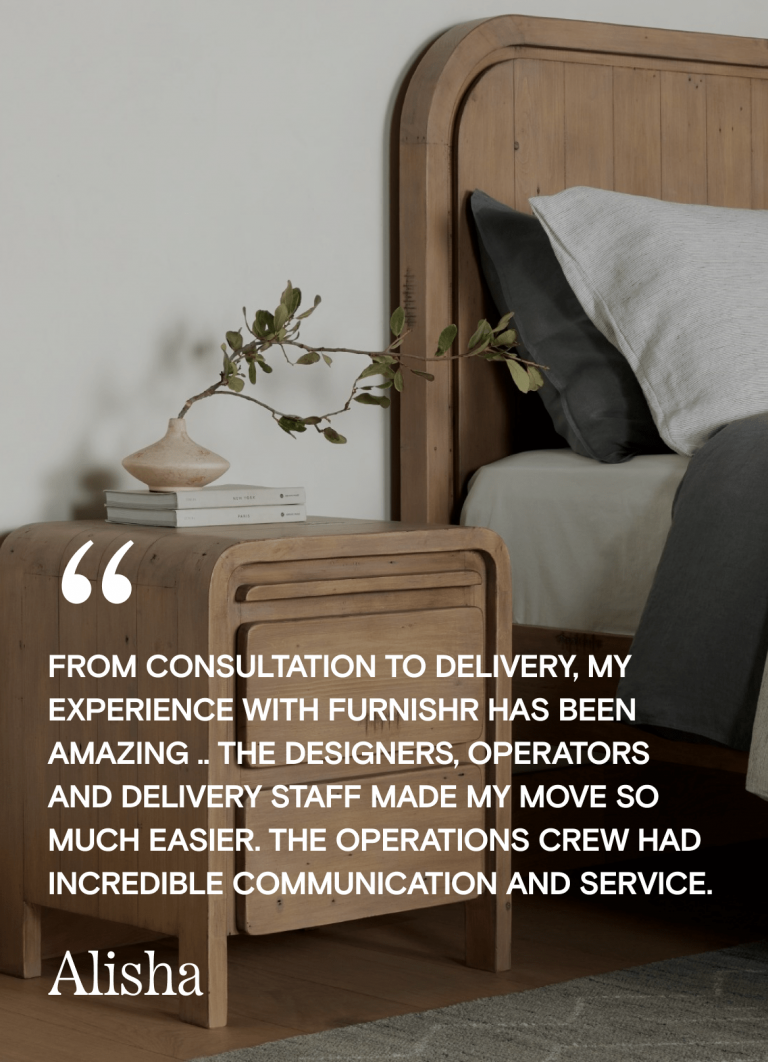To understand minimalism in interior design, we must first understand it as a lifestyle. Minimalism means living with only the bare essentials, decluttering your space, and leading a peaceful and simple life. Nowadays, consumerism has led us to believe that acquiring more items will lead to happiness and satisfaction, but Minimalists believe in the opposite; that a clutter-free home will set the tone for a relaxing and free lifestyle.
Similarly, these attributes can be applied to interior design and furniture. Minimalist furnishings call for muted tones, spacious layouts, and simple designs. Here are a few tips on how you can improve your home to adapt to a minimalist style.
Minimalist Home Living Space
The first piece of advice you will see on any post about minimalism will tell you to get rid of the clutter you don’t need anymore. Your surroundings have a greater effect on your mental well-being than you think. Imagine coming home after a long day of work only to see a pile of clothing setting on your unkept bed. You may feel uncomfortable or filled with frustration about the disorganization. Those pair of jeans haven’t been worn in years; perhaps it’s time to purge and organize your closet.
Start by emptying out the boxes at the back of your closet that you haven’t opened in so long. Do you really need that shirt you wore once to a party two years ago? What about the pile of old magazines sitting in your basement? A good rule of thumb is to donate or throw away anything you haven’t used in a year. Additionally, try to ensure you have other items stored out of sight to create more space in your home.
If you’re moving and plan on redesigning a new apartment entirely from scratch, you may also want to decide which furniture to bring when you relocate. Once you do this, you will feel your space clear up significantly, which is the first step to adopting a minimalist style.
Tones and Textures
When becoming a minimalist, it is important to color coordinate your home to reflect calmness. The use of sporadic pops of color can be fun but does not give you the desired minimalistic effect. Bright shades of yellow or a fiery red can also be a distraction. Thus, using neutrals, pastels, and earth tones are the best.
Start with a base color such as white or light beige, and layer it with complementary shades like subtle grays, pale blues, or dark greens. The key is to pick 3-4 different colors and keep them consistent to prevent too much noise and contrast. You can also try something like smart glass film on your windows, which allows you to forgo bulky curtains and have a sleek minimalist look.
But with such similar tones, how do we keep it from getting too bland?
This is where the magic of texture comes in. Matching similar colors with different materials adds interest to the eye. For example, the pairing of the dark gray bed with the light gray rug in the picture below keeps the presence of the color from getting boring. Although the color palette is more muted, it doesn’t mean you can’t have a bit of fun with the textures.
Natural Lighting
Natural lighting is a very important part of a minimalist home interior design, giving the room a warm and inviting tone. Although it’s definitely difficult to change the size of your windows, you can still allow the sun rays to seep in by using light curtains or none at all in common space areas such as the dining or living room. The sunlight combined with your clean space will create the illusion of openness with the added benefit of looking like a bigger space.
Artificial Lighting
The use of lighting is still necessary when the sun comes down. After all, we are not nocturnal animals with night-vision. When LED lights are needed, it’s best to keep things simple. Rather than going for a crazy art piece or placing a clunky lamp at the corner of the room, try to find lights with a simpler silhouette. Even bare lightbulbs hanging from the ceiling correspond to a minimalist design.
Overall, minimalism is a very powerful movement that has influenced the lives of many for the better. After all, who doesn’t want to come home to an uncluttered and tranquil space to unwind? Try out these tips to adopt this life-changing style into your home and comment down below how minimalism or interior design has impacted your lifestyle.
>> Additionally, if you’re interested in learning more about the health and wellness benefits of interior design, read our next article on the impacts of feng shui.

